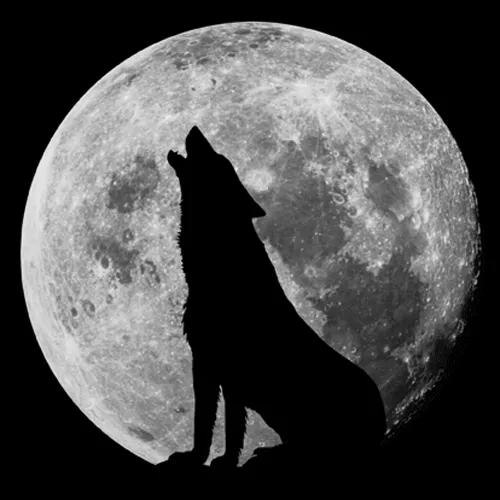Audio Presented by
 byAlex Johnson@lonewolf4719
byAlex Johnson@lonewolf4719A badass wordsmith who loves using video games as a medium to tell stories, whether scripted or freeform.
Story's Credibility

About Author
A badass wordsmith who loves using video games as a medium to tell stories, whether scripted or freeform.